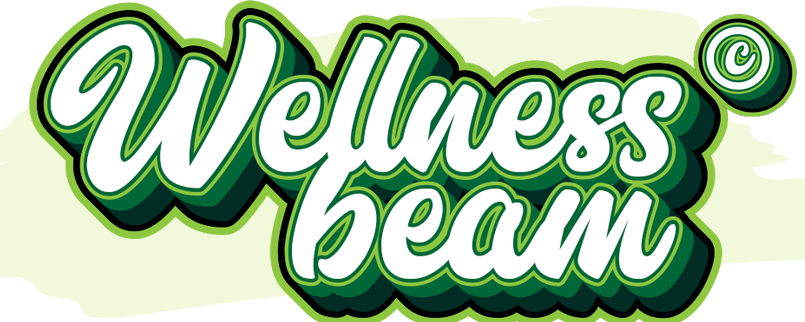Hope: The Lighthouse of Life
When faced with life’s profound challenges—such as loss, unemployment, or chronic illness—our expectations for a better future can shatter. Cultivating hope becomes essential in these moments, providing new strategies and directions to pursue our goals, even when the original path is no longer viable. This article explores the nature of hope, its foundational components, and its significant benefits for a fulfilling life.
The Future Vision Shapes Present Conduct
Shane Lopez, in *Making Hope Happen*, highlights that our perception of the future fundamentally influences our present quality of life. A clear, hopeful vision for what lies ahead empowers us to live purposefully, while its absence can diminish our sense of purpose. Investing in a meaningful future drives current actions, whether it’s through healthy habits for a robust old age, dedicated work for career advancement, or saving for cherished experiences. **Hope actively propels us forward**. Conversely, consistent procrastination on important goals can erode hope, making desired futures feel increasingly distant and unattainable.
The Theory of Hope
For Shane Lopez, **hope is a future-oriented state** where forward-looking thoughts guide present actions, and positive emotions fuel sustained effort. He posits that hope is a deliberate choice, teachable, shareable, active, and requires dedication. Lopez identifies four common beliefs among hopeful individuals:
- The future will be better than the present and past.
- They possess the power to shape that better future.
- Multiple pathways exist to achieve desired goals.
- Obstacles are inherent to any path.
These beliefs underpin the model of hope developed by Rick Snyder, which consists of three interconnected elements:
1. Goals
**Goals are the objectives that direct human behavior**, ranging from short-term to long-term. They define where we are, where we want to be, and who we aspire to become. Hope is built upon significant, exciting, clear, specific, and realistic goals. It’s a balance of positive future thinking and acknowledging the effort and barriers involved, moving beyond passive wishing to active pursuit.
2. Agency
Agency is the conviction that one plays an active role in achieving goals and influencing life’s trajectory. It involves recognizing that our actions shape our lives, for better or worse. This component demands responsibility for improving situations and persevering toward dreams. As we connect our actions to positive outcomes, we enhance our self-motivation and ability to persist despite challenges.
3. Pathways
Pathways refer to resourcefulness—the perceived ability to identify and generate multiple routes toward goals, select the most appropriate ones, and monitor progress. **Realistic anticipation of obstacles** is crucial, requiring flexibility to adjust plans or pivot to alternative routes when necessary.
These elements are interdependent; a change in one impacts the others. Strengthening these components amplifies hope, while weakness in any area can diminish it, indicating a need for targeted intervention.
When “Hope” Misrepresents True Hope
It’s crucial to distinguish genuine hope from stubborn attachment. Clinging to an unhealthy or unsustainable relationship is not hope; it’s a form of attachment. Similarly, **persisting in projects that have consistently failed or are clearly beyond fruition** isn’t hope. True hope acknowledges situations beyond our control but emphasizes our capacity to restart, adapt, and invest effort in new beginnings.
While we often strive to avoid suffering, it is an unavoidable part of life. Just as carbon atoms transform into diamonds under immense pressure and extreme conditions, human beings transform through adversity. Difficulties can dismantle unhelpful fears and arrogance, fostering positive qualities like compassion and kindness.
Benefits of Cultivating Hope
High levels of hope are consistently linked to **improved performance and success** across academic, athletic, business, and professional domains. They also correlate with enhanced physical and psychological well-being and stronger interpersonal relationships.
Hope positively impacts physical health by motivating engagement in disease prevention activities like exercise, reducing high-risk behaviors, and aiding in the coping and recovery from existing health issues. Higher hope levels are also associated with positive affect, greater life satisfaction, and a stronger sense of purpose.
Furthermore, hope influences how individuals appraise and cope with stressors and obstacles. Research shows that hopeful people are effective at generating and utilizing alternative pathways to goals, a critical skill when facing barriers or closed routes. Conversely, individuals with low hope are more prone to using avoidance as a coping strategy.
Finally, highly hopeful individuals tend to form deeper connections with others. They show interest not only in their own goals but also in those of others, enjoy social interactions, and perceive greater social support. Hope is a contagious quality, allowing us to be inspired by others and, in turn, inspire those around us, fostering mutual well-being, motivation, and growth within our relationships and beyond.

Healthy Meals Delivered
Save 15% + Free Shipping on your first order with ModifyHealth. Fresh, nutritious meals tailored for you!
Get Started
